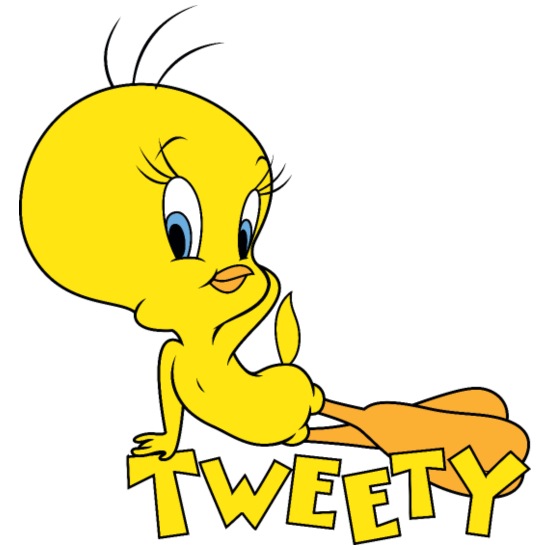
American Animated Cartoon TWEETY BIRD, Looney Tunes (1994) | Topics - Cartoons & Comics - Comics, Postcard / HipPostcard

Amazon.com: GRAPHICS & MORE Looney Tunes Tweety Bird Compact Pocket Purse Hand Cosmetic Makeup Mirror : Beauty & Personal Care

















